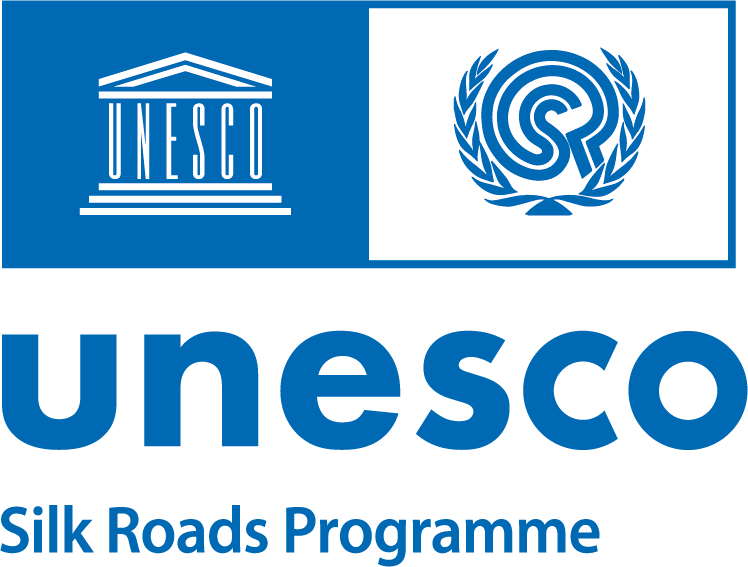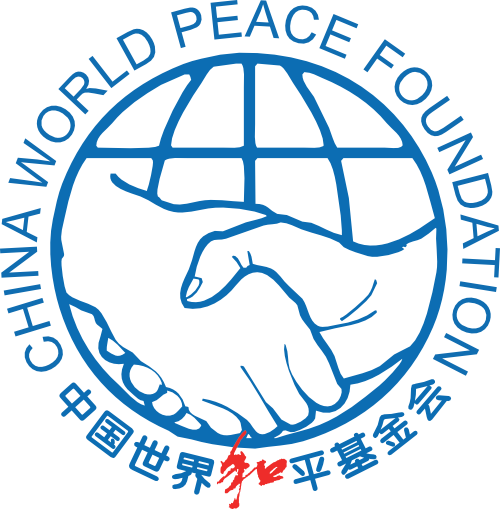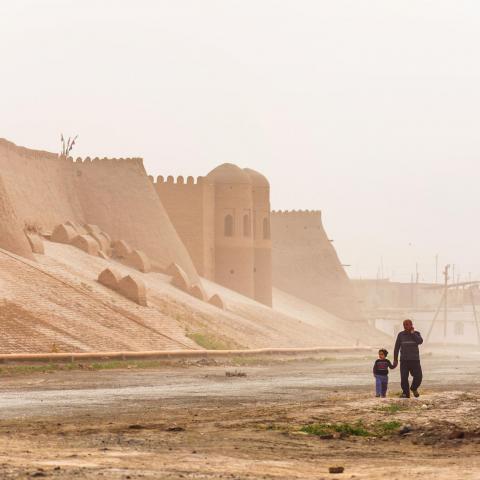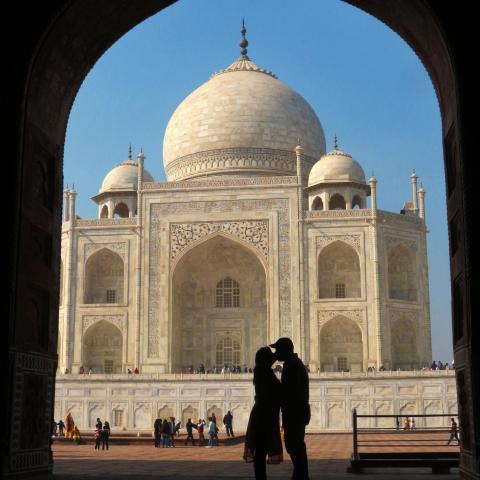Monuments, archaeological sites and architectural masterpieces are mirrors of the cultural interactions along the Silk Roads. They provide evidence of the past by acting as tangible sources of learning and transmission of knowledge inherent to local communities. These monuments, sites, and architectural masterpieces also create strong historical links to our pluralistic identities and immediate environments. Examples are religious buildings such as temples, mosques, and churches. Public gathering spaces, commercial centres, bazaars and caravanserai are other examples. Moreover, academic centres, schools, and houses of knowledge have been inspired by various architectural styles, whose elements have been borrowed from diverse cultures.
Monuments, sites, and architectural masterpieces are not only gateways to the customs and lives of past civilizations along the Silk Roads, but also represent the historic link between these cultures. Today, they allow us to explore our past and learn more about our pluralistic identities.
In 2018 for its first edition, the Youth Eyes on the Silk Roads Photo Contest encouraged participants to capture monuments, sites and architectural masterpieces that contain more than one style, thus representing cultural interconnectivity.




